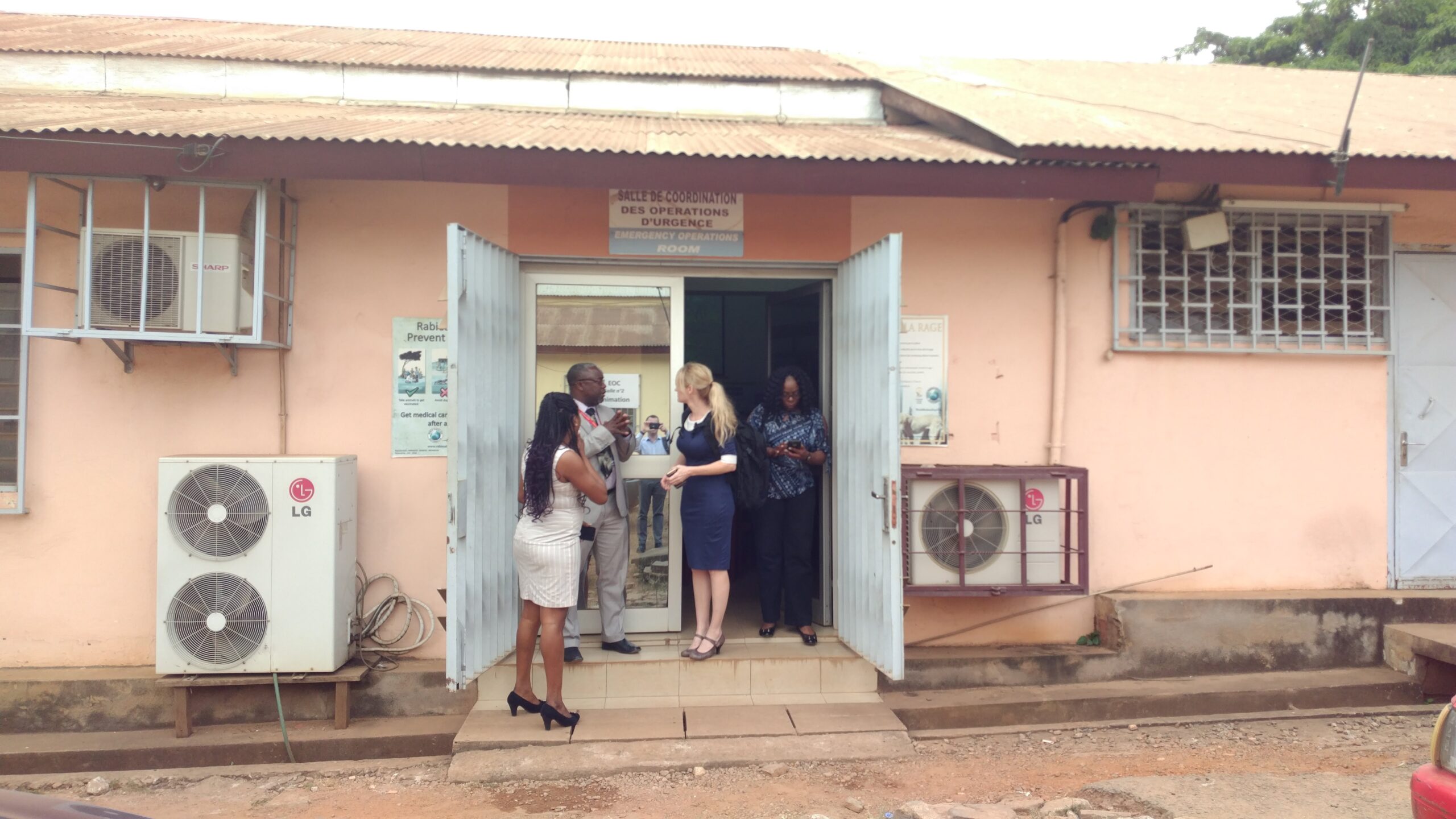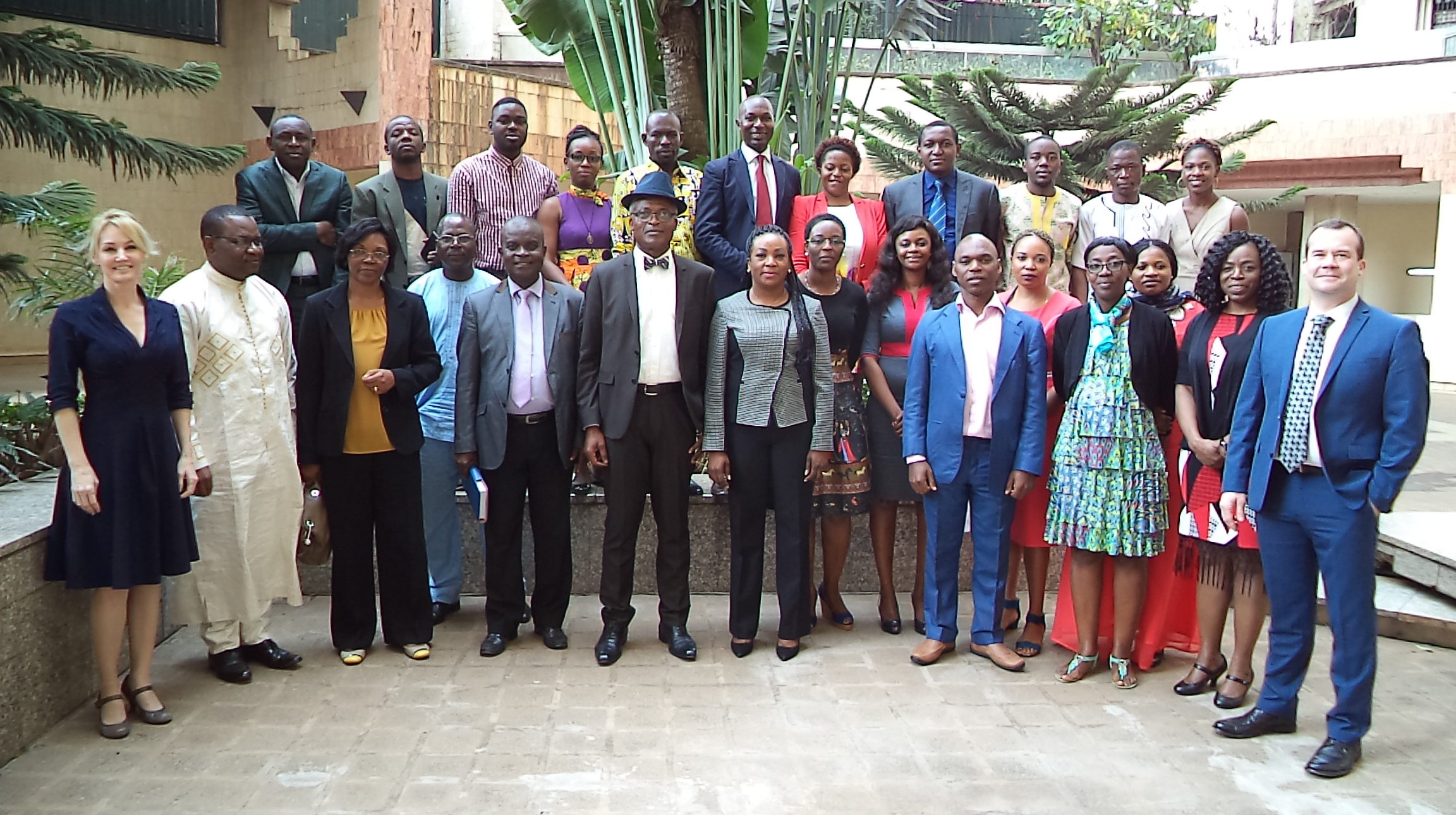Picture this: Almost 50 people are gathered in a hotel meeting room in Yaoundé, the capital of Cameroon. Much of the group is wearing oversized headsets, listening intently to the voice being broadcast in their ears.
The voice is coming from one of two oral interpreters, set up in a small booth in the same room. One is doing simultaneous translation from French to English, the other, English to French.
This was the set up for the first day of the Veoci and the Center for Disease Control and Prevention (CDC) project kickoff that took place during the last week of January 2018.
Although the conversation was occurring in several different languages, everyone’s intent is unified: to decrease the negative impact infectious-disease epidemics have on the world.
The program is a five-year global security initiative.
After the large Ebola outbreak a few years ago, there were efforts to fund efforts in certain strategic countries to improve their ability to respond to epidemic outbreaks. While Ebola was the trigger for the program, it focuses on reacting to a variety of diseases. The goal of the program is to train health workers in outbreak detection in order to fortify countries’ emergency response systems to stop an epidemic before it spreads.

The Goal: Preventing and Isolating Epidemics
After two flights and 30 hours of travel time, Veoci team member Nathaniel Ellis and the two CDC travel companions made it to Yaoundé, Cameroon.
The first day’s objective was, as Nathaniel put it, to “get the lay of the land.” He and the CDC team met with the people of Cameroon’s ministry of health and visited their existing Emergency Operations Center (EOC). The team was also brought to the new EOC, funded by the United States, that is currently being built in Yaoundé.
The second day was the main event: the Veoci training exercise. The group of 46 was put into a test environment in the system. Nathaniel just-in-time trained them on how to use Veoci as a tool for communication, information-sharing, and situational awareness. This all happened through translators, but it went off without a hitch.
The Test Scenario: Rabies
The test scenario was an EOC activation for rabies. The group was divided into seven teams, each getting a checklist of tasks they were to accomplish. It worked. The teams were able to easily navigate the system, record and update information, plot locations on the map, work off the dashboard, and communicate with each other. Their given task list wasn’t the only thing the teams had to look out for, however. During the drill, there was a variety of injects — curveballs that were introduced during the exercise to simulate the unpredictability of a real event. The injects tested each group’s capacity to respond to new information. Did they react to it appropriately? Did they share it correctly?
The teams weren’t phased by the curveballs, though. The exercise was a success. The teams blazed through 76 tasks and exchanged over 250 messages. In the event of a real epidemic, the group would absolutely be able to use Veoci with ease.

What’s Next?
Nathaniel just got back from his latest trip where he visited both Tanzania and Uganda to continue the work Veoci is doing with the CDC and local health officials. Keep a lookout for an upcoming blog post about his trip!
â€Veoci offers a wide range of solutions. See what Veoci can do for your organization today.








